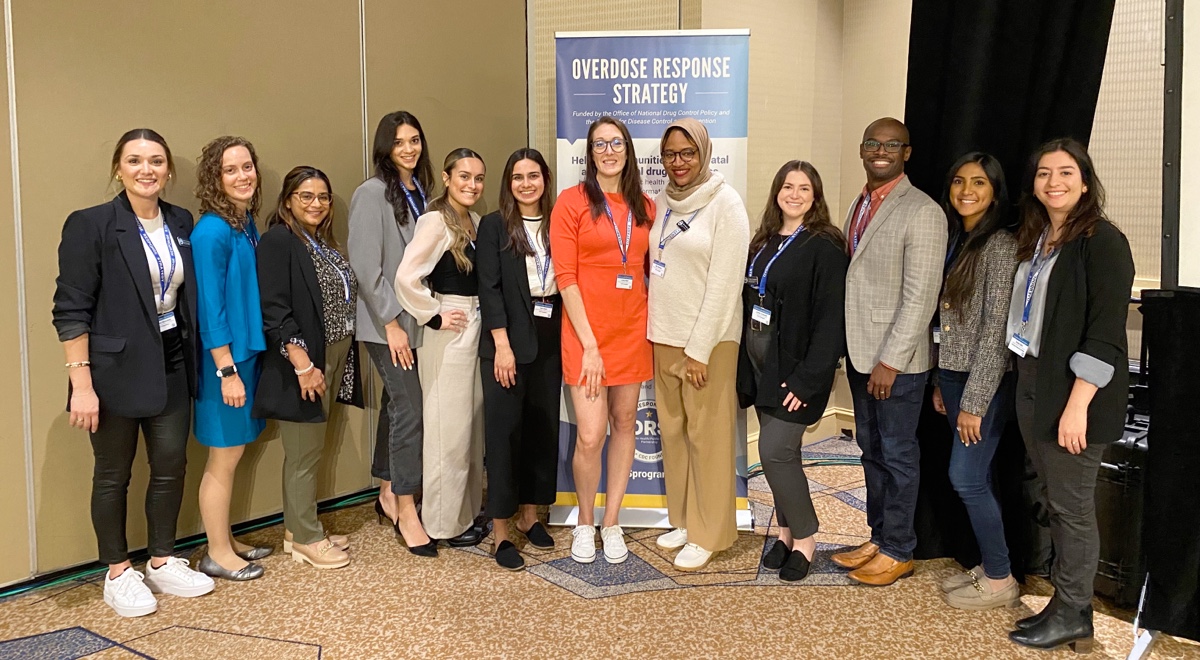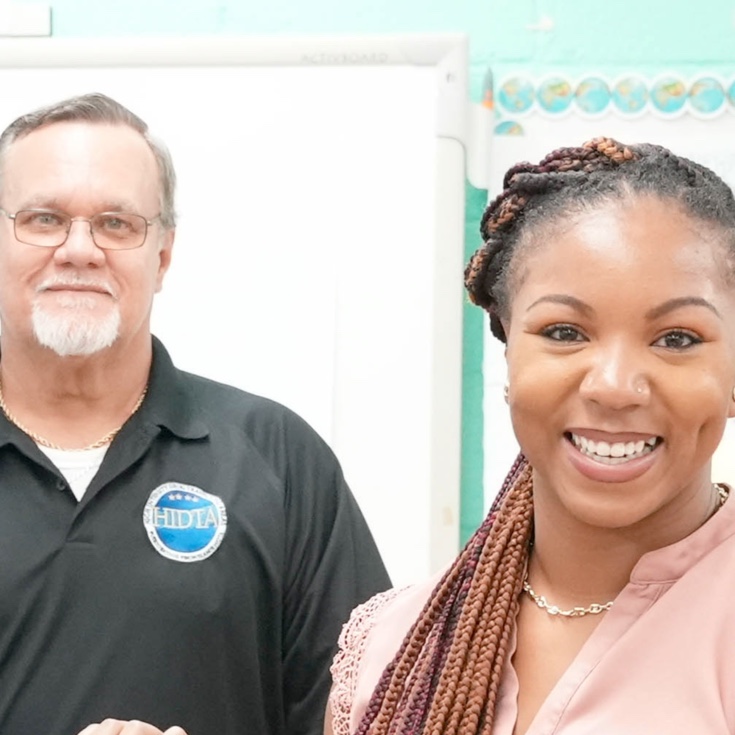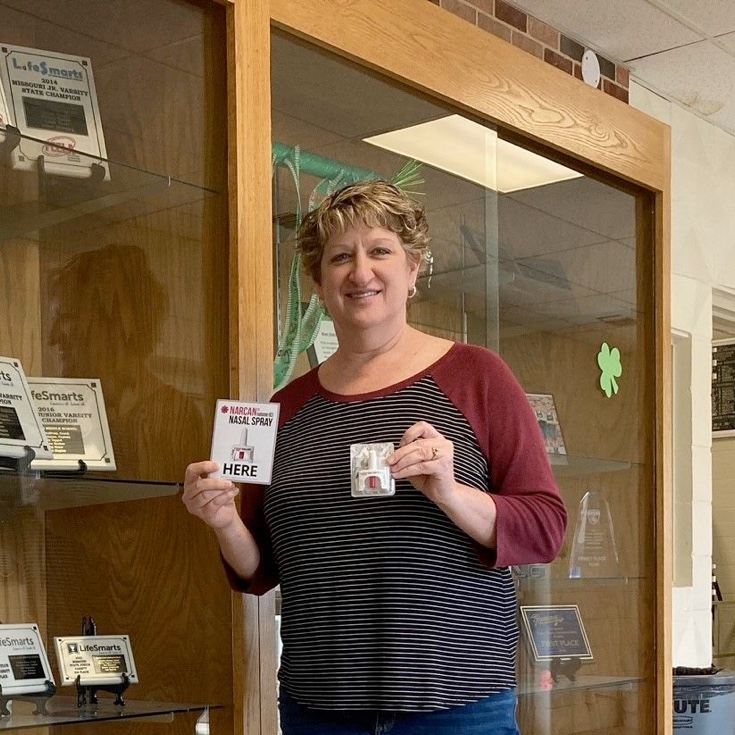
Mobilizing Communities to Reduce Opioid Overdose Deaths
Imagine a packed, roaring University of Michigan Stadium, the largest venue in the United States known as the Big House, with more than 109,000 football fans cheering on the University’s Wolverines. Now fast forward a year later, the wind whistling through an empty arena. Every one of those attendees has died of a drug overdose. How do you deal with a public health crisis on such a massive scale, where 109,680 people died of an overdose in the United States in 2022, according to the Centers for Disease Control and Prevention (CDC) estimates?
The CDC Foundation’s Overdose Response Strategy (ORS) program is making an impact by addressing fatal and non-fatal overdoses community by community and often, block by block. Many of these overdoses are being triggered increasingly by synthetic opioids like fentanyl and the powerful animal sedative xylazine.
Now in its seventh year, ORS was created through a partnership between CDC and the Office of National Drug Control Policy, through their support of the High Intensity Drug Trafficking Area program and the CDC Foundation. Its mission is to help communities reduce drug-related deaths by connecting public health and public safety agencies. The program brings together public health analysts from the CDC Foundation and drug intelligence officers in states and jurisdictions across the country to focus on information sharing and supporting proven approaches to address overdoses and emerging drug threats.

In 2022, the ORS was highlighted in the National Drug Control Strategy as a Public Health and Public Safety Collaboration Success, which seeks to strengthen information sharing and cooperation across all levels of government to improve health outcomes and build health equity.
Currently, there are 60 two-person ORS teams funded in all 50 states, Puerto Rico and the U.S. Virgin Islands, who gather and analyze data on overdoses. Aiding them in this effort is a web-based tool called the Overdose Detection Mapping Application, which provides near real-time information on when and where drug overdose incidents are happening via an online map. Compiling this kind of information helps health departments, public safety officials and community organizations track spikes and direct resources to those areas.
ORS teams also advise jurisdictions on the latest prevention, protection and harm reduction strategies, like increasing the availability of fentanyl test strips, which can alert potential users and others to the presence of that dangerous substance in heroin, cocaine and other drugs.
Overdose Fatality Reviews are another evidence-based strategy supported and promoted by ORS teams. An Overdose Fatality Review examines the history of someone who died from an overdose, including underlying health issues, social circumstances, treatment history, encounters with law enforcement and other factors. These types of case reviews, conducted by public health, public safety, health providers and community representatives, offer a deeper understanding of missed opportunities that could have prevented an overdose death. They also help develop program and policy recommendations to improve future coordination and collaboration between agencies and community coalitions.
For example, Brenda Schell, a public health analyst with the Missouri ORS, connected schools in her state with a program that supplies free naloxone to schools and universities. Schell then followed up with educational materials and a statewide call with school nurses to provide them with information on how to recognize and respond to an opioid overdose. “I get to collaborate with partners, share data, insights and trends, and inform, educate and help local communities reduce overdoses and develop solutions to save lives,” said Schell.
ORS also provides updated training opportunities to its teams. In 2022, they hosted 31 webinars, with topics ranging from internal success stories to presentations from relevant partners, and highlights of novel strategies and programs. ORS teams have also shared these promising new approaches through presentations at organizations, health departments and major conferences and will continue to advance this powerful public health and public safety partnership and pursue its mission to save lives.


Portions of the project mentioned in this article are supported by the Centers for Disease Control and Prevention of the U.S. Department of Health and Human Services (HHS) as part of a financial assistance award totaling $8,400,000 with 100 percent funded by CDC/HHS. The contents are those of the author(s) and do not necessarily represent the official views of, nor an endorsement by, CDC/HHS, or the U.S. Government.